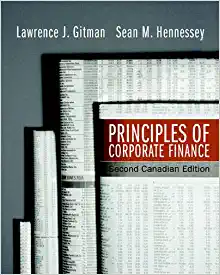Question
1) In practice, a common way to value a share of stock when a company pays dividends is to value the dividends over the next
1) In practice, a common way to value a share of stock when a company pays dividends is to value the dividends over the next five years or so, then find the terminal stock price using a benchmark PE ratio. Suppose a company just paid a dividend of $1.18. The dividends are expected to grow at 13 percent over the next five years. The company has a payout ratio of 45 percent and a benchmark PE of 20. The required return is 13 percent.
What is the target stock price in five years?
What is the stock price today?
2)Burkhardt Corp. pays a constant $13.80 dividend on its stock. The company will maintain this dividend for the next seven years and will then cease paying dividends forever. If the required return on this stock is 9 percent, what is the current share price?
3)Burton Corp. is growing quickly. Dividends are expected to grow at a rate of 30 percent for the next three years, with the growth rate falling off to a constant 6.5 percent thereafter.
If the required return is 13 percent and the company just paid a dividend of $3.00, what is the current share price? (Hint:Calculate the first four dividends.)
Step by Step Solution
There are 3 Steps involved in it
Step: 1

Get Instant Access to Expert-Tailored Solutions
See step-by-step solutions with expert insights and AI powered tools for academic success
Step: 2

Step: 3

Ace Your Homework with AI
Get the answers you need in no time with our AI-driven, step-by-step assistance
Get Started


